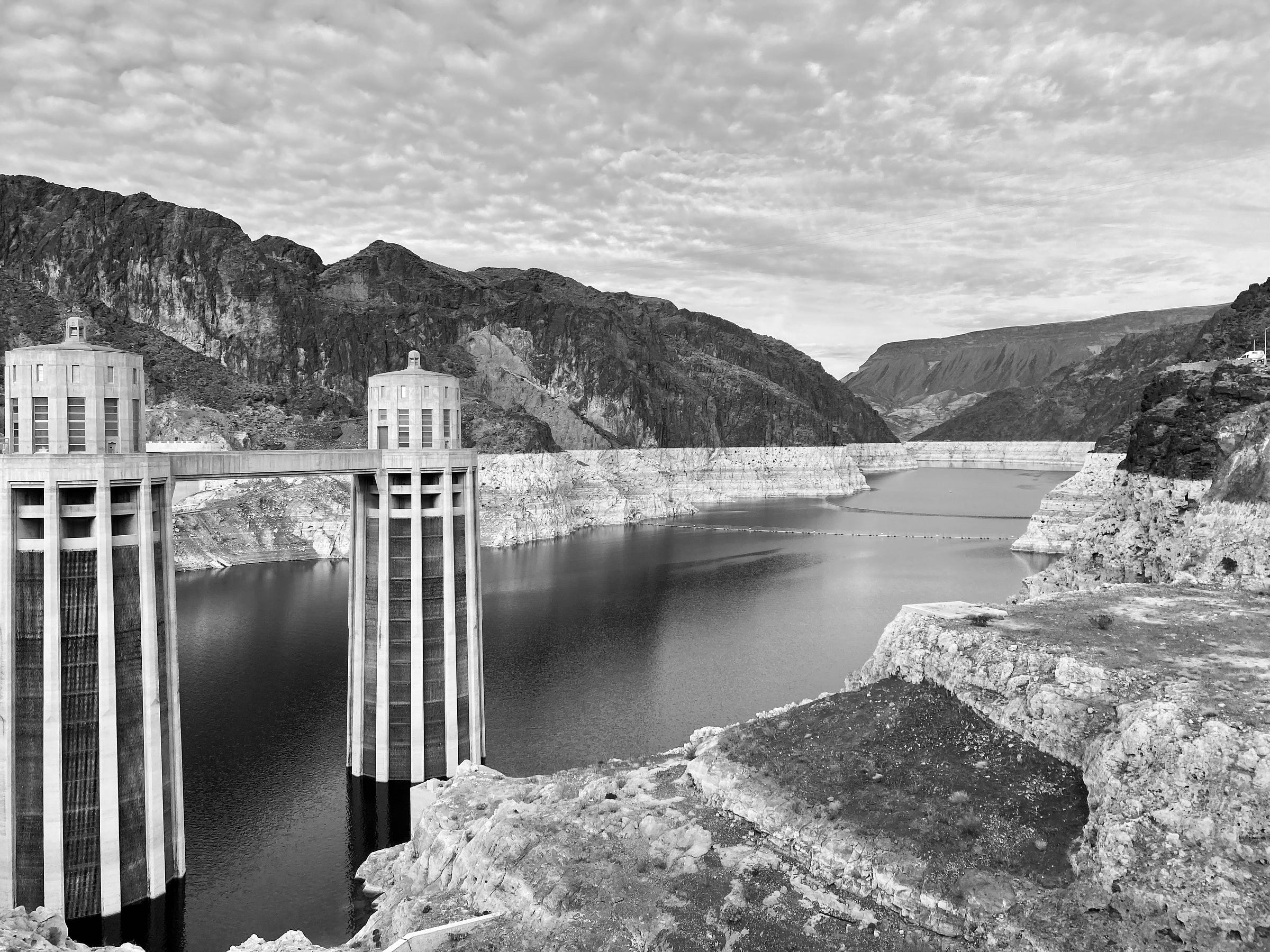Can "toilet to tap" save the Colorado River?
Zombified uranium industry twitches; spring runoff forecast looks grim
🥵 Aridification Watch 🐫
The 40 million or so people who rely on the Colorado River for drinking, bathing, irrigating, cooling data centers or power plants, or filling their swimming pools with have a problem. The amount of water being pulled out of the riv…



